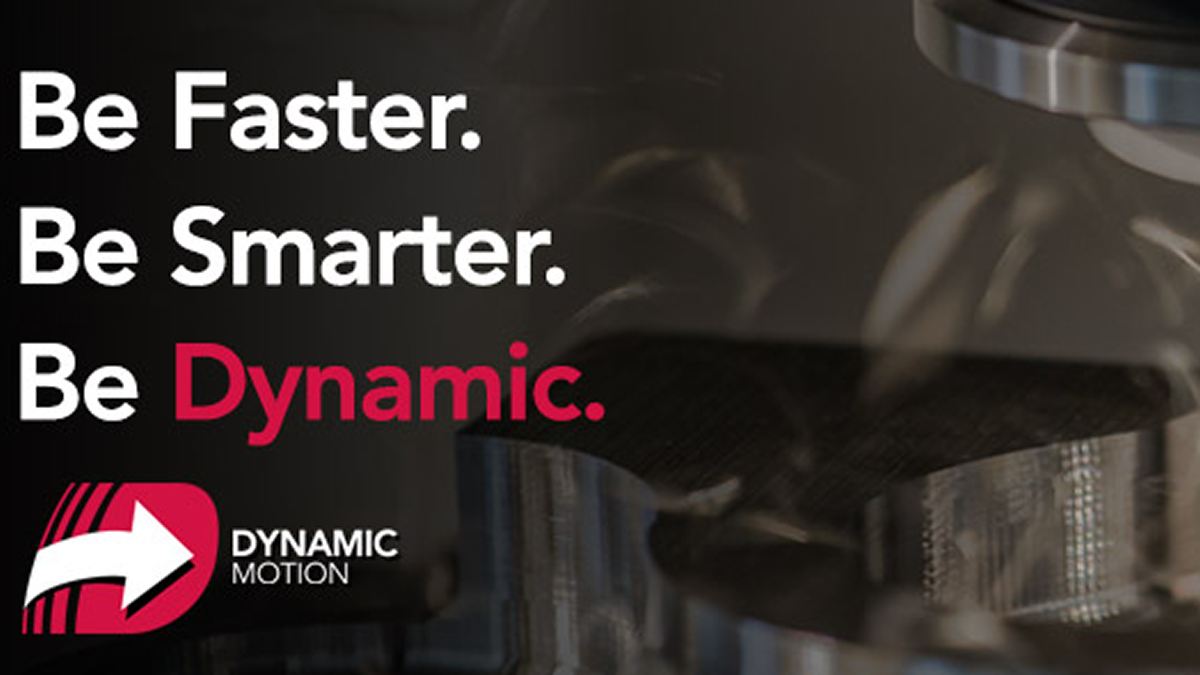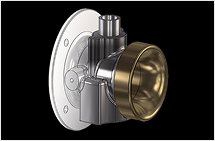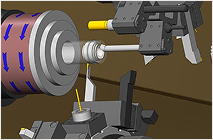
20% – 75% faster cycle times. Dramatically extended tool life. Less wear on your machines.
Mastercam’s Dynamic Motion toolpaths deliver these powerful benefits while helping you get the most out of any machine – new or old.
Mastercam has included Dynamic Motion technology for more than five years and we are constantly expanding it across the core of the Mastercam suite. That means the speed and efficiencies are built into our software, with no extra cost to you.
Read More.
Benefits of Dynamic Motion Toolpaths
Dynamic Motion Toolpaths significantly enhance machining efficiency by optimizing tool movement, resulting in faster cycle times and improved surface finishes. This advanced technology allows for continuous engagement of the cutting tool, which minimizes the time spent on non-productive movements.
By implementing Dynamic Motion Toolpaths, manufacturers can achieve cycle time reductions of 20% to 75%, depending on the complexity of the part and the machining strategy employed. This efficiency translates to lower operational costs and increased throughput, making it a valuable investment for any machining operation.
How Dynamic Motion Toolpaths Work
Dynamic Motion Toolpaths utilize sophisticated algorithms to calculate the most efficient cutting paths, allowing for smoother transitions and reduced tool wear. These toolpaths adapt to the geometry of the part, ensuring that the tool maintains optimal engagement with the material throughout the machining process.
For example, unlike traditional toolpaths that may lift the tool frequently, Dynamic Motion Toolpaths maintain a constant cutting motion, which not only enhances tool life but also improves the quality of the finished product. This technology is seamlessly integrated into the Mastercam software suite, providing users with advanced capabilities without additional costs.
Applications of Dynamic Motion Toolpaths
Dynamic Motion Toolpaths are versatile and can be applied across various industries, including aerospace, automotive, and medical device manufacturing. These toolpaths are particularly beneficial for machining complex geometries and high-precision parts, where traditional methods may fall short.
In the aerospace industry, for instance, manufacturers often face stringent requirements for part accuracy and surface finish. Dynamic Motion Toolpaths enable them to meet these challenges by significantly reducing machining time while maintaining the necessary precision, thereby enhancing overall production efficiency.
Integrating Dynamic Motion Toolpaths into Your Workflow
Integrating Dynamic Motion Toolpaths into your existing workflow can be a straightforward process, especially for users already familiar with Mastercam. The software provides intuitive tools and resources to help users transition smoothly to this advanced machining strategy.
Training sessions and online resources are available to assist users in maximizing the benefits of Dynamic Motion Toolpaths. By leveraging these resources, manufacturers can quickly adapt their machining processes, leading to immediate improvements in productivity and operational efficiency.







